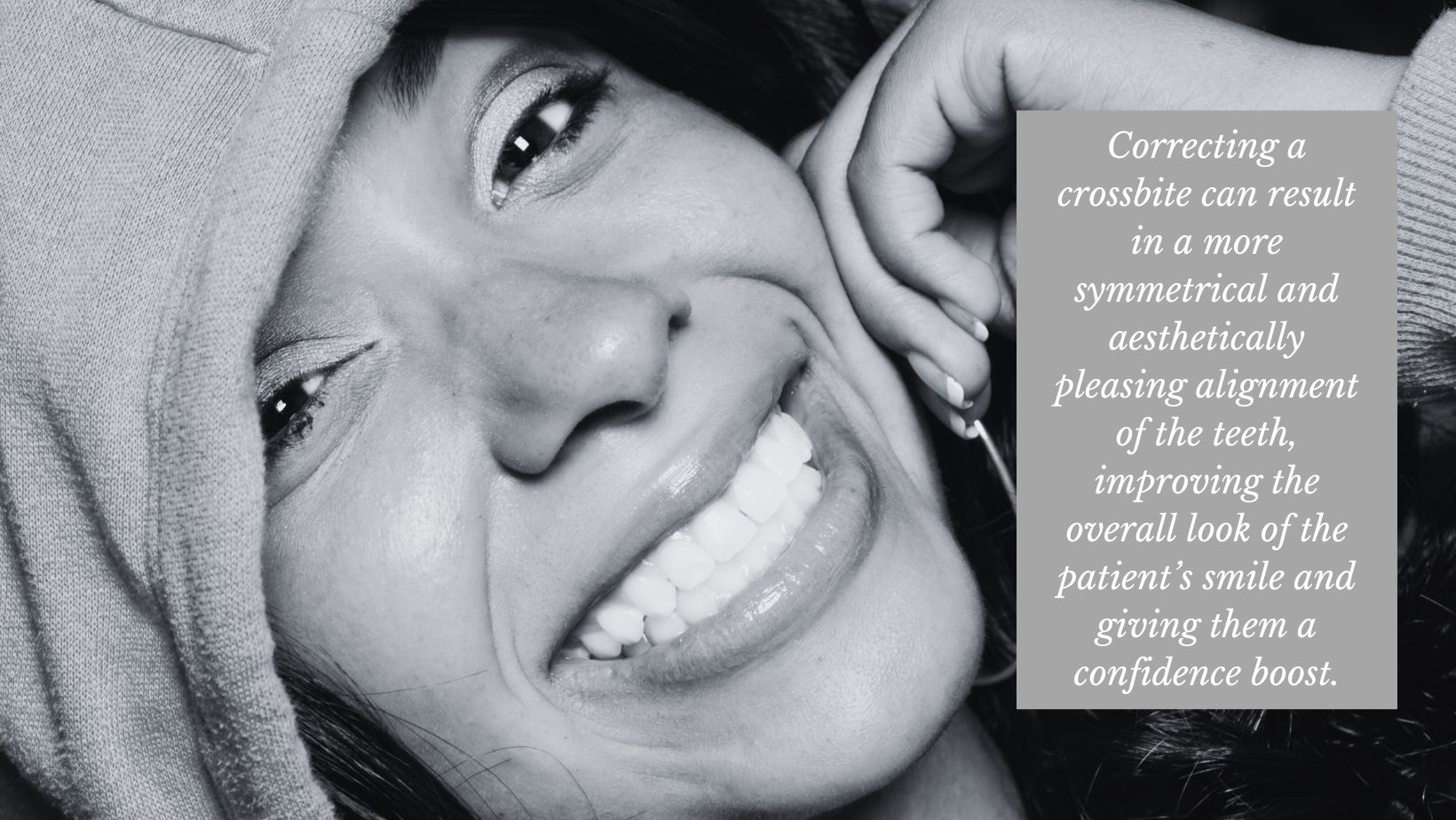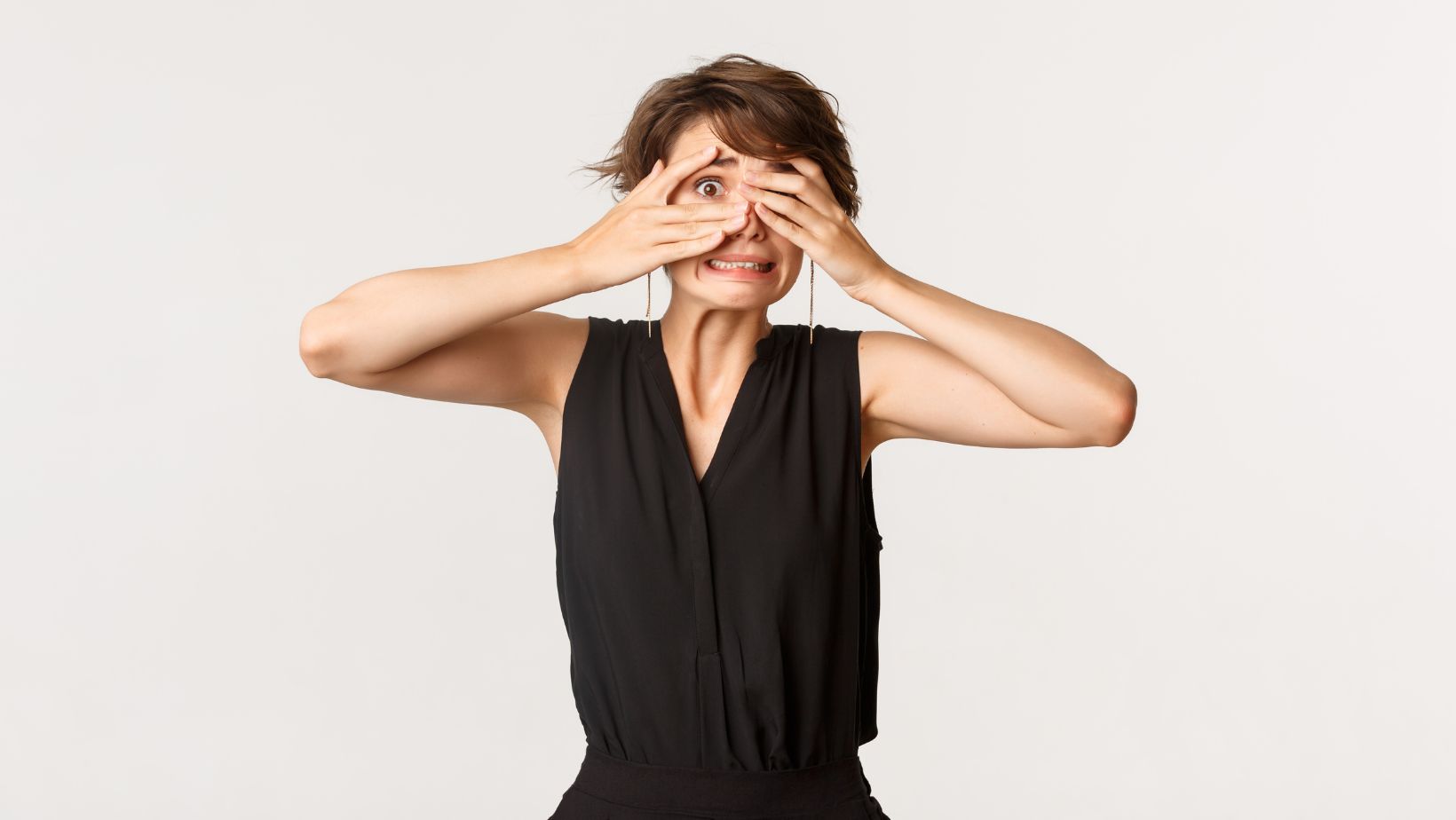If your dentist or orthodontist has diagnosed you or your child with a crossbite, you may be wondering how serious it is and what the options are for fixing it. A crossbite happens when the upper and lower jaws are out of alignment, causing the upper teeth to fit inside the lower teeth. This can cause issues with jaw growth, wear and tear on teeth, and even problems chewing or speaking. Luckily, there are several orthodontic options for treating a crossbite.
What is Crossbite?
Dental crossbite, also known as reverse bite, is a common problem with the alignment of teeth. When a patient has a crossbite, it means the upper and lower teeth do not line up correctly when the jaws are closed. If left untreated, a crossbite can affect both the look and the health of the patient’s smile.
In an ideal bite, the upper arch is wider, and the upper teeth sit slightly over the lower ones when the mouth is closed. With crossbite, some or all of the upper teeth fit inside the lower teeth instead. Crossbite can affect a single tooth or groups of teeth like the front (anterior) and back (posterior) teeth. These conditions make up the two most common types of crossbites:
Anterior crossbite
Anterior crossbite means that some of the upper front teeth sit behind the lower teeth when the patient bites down. (This is different from an underbite, which is when all the lower teeth are in front of the top teeth.)
Posterior crossbite
A posterior crossbite occurs when some or all of the upper molars in the back of the mouth fit inside the lower molars.
What Causes a Crossbite?
A crossbite can be caused by a variety of different factors, including:
- Genetics can play a role since crossbites often run in families
- Developmental irregularities such as delayed loss of baby teeth or abnormal eruption of permanent teeth can cause the bite to be misaligned
- Childhood habits like long-term thumb sucking or pacifier use can cause teeth to be misaligned
- Crowded or crooked teeth may not allow enough room for a proper bite
- Nasal and airway issues such as mouth breathing or chronic congestion may affect the resting position of the tongue and impact the development of the upper jaw
- Dental trauma or injury can affect proper development of a patient’s bite
Why Does a Crossbite Need Fixing?
Once a patient has a crossbite, it will not resolve on its own. If left untreated, a crossbite can affect both the look and the health of the patient’s teeth, causing problems such as:
- Tooth damage from uneven wear on teeth, which may lead to cavities or fractured (broken) teeth
- Receding gums that make teeth more susceptible to sensitivity or cavities
- Jaw pain from improper bite alignment
- Problems chewing and/or speaking due to misaligned or narrow jaws
- Appearance issues including crooked teeth and facial asymmetry
Correcting a crossbite can help prevent these problems and also deliver some additional benefits. The most obvious advantage is a more attractive smile. Correcting a crossbite can result in a more symmetrical and aesthetically pleasing alignment of the teeth, improving the overall look of the patient’s smile and giving them a confidence boost. In addition, a patient’s dental health typically improves after crossbite correction. Straight, properly aligned teeth have fewer hard to reach areas, which means brushing and flossing are easier and more effective. Better dental health, combined with removing bite issues, helps increase comfort by reducing jaw pain and even allowing patients to eat a wider range of foods.
With those benefits in mind, let’s explore the options for crossbite correction.

How to Fix Crossbite
Crossbites are usually corrected in childhood when the patient’s face and jaws are still growing. Though crossbites can be fixed on older patients, orthodontists usually recommend early treatment starting around age 7 or 8. There are several types of orthodontic treatments for crossbite. Some of these options may be used together. For instance, an orthodontist may recommend both a palate expander and braces for certain cases.
Palate expander
A palate or palatal expander is an orthodontic device that attaches to the back teeth and spans across the roof of the mouth. Used when a patient has a narrow upper jaw, the palate expander slowly widens the palate and upper jaw over time to help create a proper bite.
Braces
Traditional braces are a common treatment for crossbites. Braces are cemented to the teeth and then connected with wires that apply gentle pressure to move teeth into the proper position. Braces are sometimes used in conjunction with other appliances like palate expanders and/or headgear to treat crossbite.
Invisalign
Invisalign for crossbite offers a discreet and convenient alternative to traditional braces. These removable clear aligners gently shift the teeth without the use of wires and brackets. Though Invisalign is an effective treatment for some crossbites, it may not work as well as braces or other options for complex cases.
Headgear
In some cases, especially those involving severe misalignments, the orthodontist may recommend headgear. Headgear applies external pressure to widen the upper jaw and allow teeth to bite correctly. Headgear is often used in combination with other treatments like braces.
Jaw surgery
In the most extreme crossbite cases, especially when the patient is an adult, jaw surgery may be recommended. Surgery can reshape one or both jaws to create the correct alignment.
If you or your child has a crossbite, seek a consultation with a Dental Health Society professional right away. We can recommend an orthodontist to help you explore all your options and get started on treatment.


